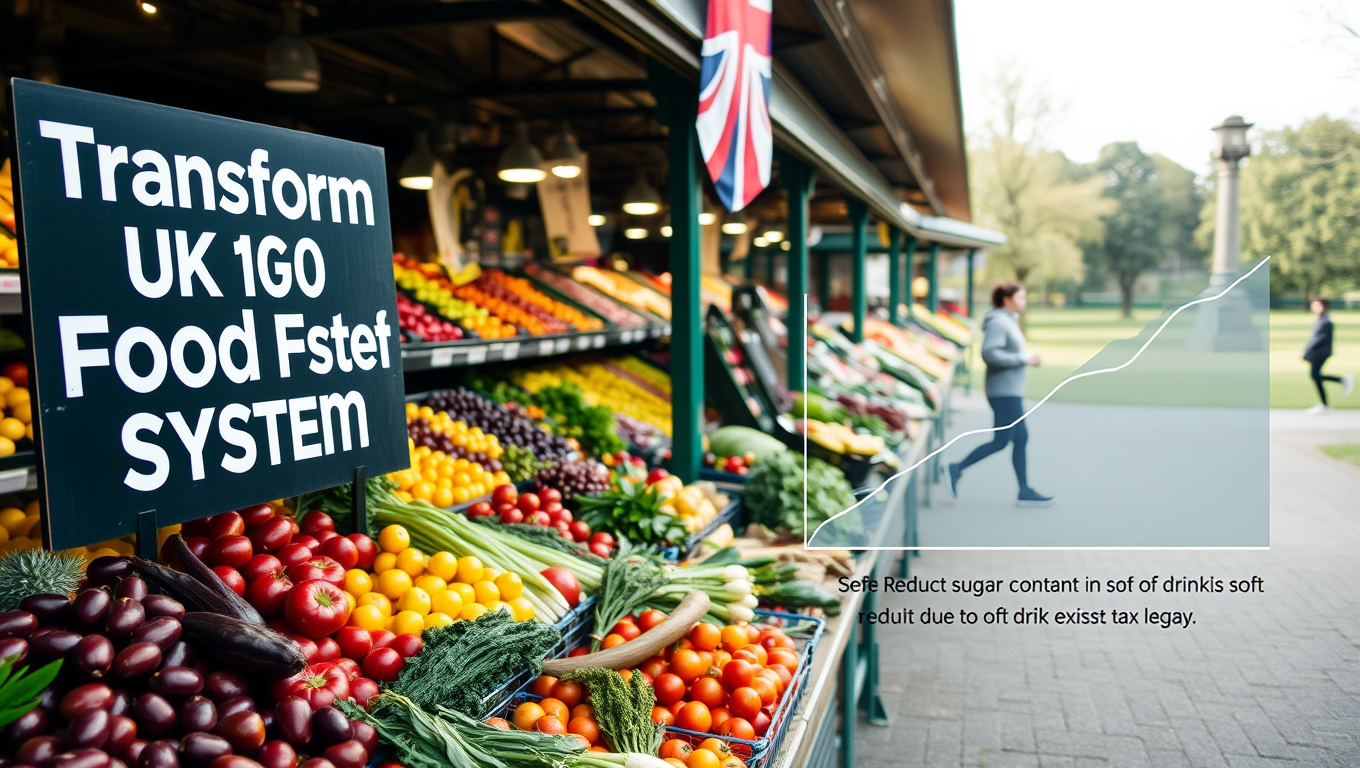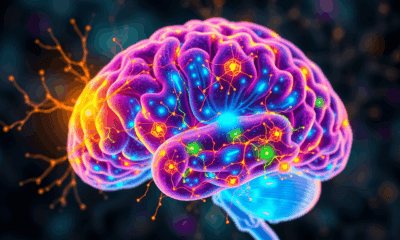While we try to keep things accurate, this content is part of an ongoing experiment and may not always be reliable.
Please double-check important details — we’re not responsible for how the information is used.
Agriculture and Food
“Taxing Sugar and Salt: A Path to Better Health and a Greener Future?”
Introducing a new salt levy is another proposal put forward in a comprehensive set of recommended regulations for the food sector.

Agriculture and Food
“Stronger Social Ties, Stronger Babies: How Female Friendships Help Chimpanzee Infants Survive”
Female chimpanzees that forge strong, grooming-rich friendships with other females dramatically boost their infants’ odds of making it past the perilous first year—no kin required. Three decades of Gombe observations show that well-integrated mothers enjoy a survival rate of up to 95% for their young, regardless of male allies or sisters. The payoff may come from shared defense, reduced stress, or better access to food, hinting that such alliances laid early groundwork for humanity’s extraordinary cooperative spirit.
Agriculture and Food
The Sleeping Side Preference of Cats: A Survival Strategy?
Cats overwhelmingly choose to sleep on their left side, a habit researchers say could be tied to survival. This sleep position activates the brain’s right hemisphere upon waking, perfect for detecting danger and reacting swiftly. Left-side snoozing may be more than a preference; it might be evolution’s secret trick.
Agriculture and Food
The Unexpected Sinking Speed of Ocean Particles: A Surprising Twist on Marine Snow
In a twist on conventional wisdom, researchers have discovered that in ocean-like fluids with changing density, tiny porous particles can sink faster than larger ones, thanks to how they absorb salt. Using clever lab experiments with 3D-printed agar shapes in a stratified water column, scientists demonstrated that porosity and particle shape are major factors in determining sinking speed. This finding could revolutionize how we understand carbon cycling, microplastic behavior, and even strategies for ocean-based carbon capture.
-

 Detectors3 months ago
Detectors3 months agoA New Horizon for Vision: How Gold Nanoparticles May Restore People’s Sight
-

 Earth & Climate4 months ago
Earth & Climate4 months agoRetiring Abroad Can Be Lonely Business
-

 Cancer4 months ago
Cancer4 months agoRevolutionizing Quantum Communication: Direct Connections Between Multiple Processors
-

 Agriculture and Food4 months ago
Agriculture and Food4 months ago“A Sustainable Solution: Researchers Create Hybrid Cheese with 25% Pea Protein”
-

 Diseases and Conditions4 months ago
Diseases and Conditions4 months agoReducing Falls Among Elderly Women with Polypharmacy through Exercise Intervention
-

 Chemistry3 months ago
Chemistry3 months ago“Unveiling Hidden Patterns: A New Twist on Interference Phenomena”
-

 Albert Einstein4 months ago
Albert Einstein4 months agoHarnessing Water Waves: A Breakthrough in Controlling Floating Objects
-

 Earth & Climate3 months ago
Earth & Climate3 months agoHousehold Electricity Three Times More Expensive Than Upcoming ‘Eco-Friendly’ Aviation E-Fuels, Study Reveals





























